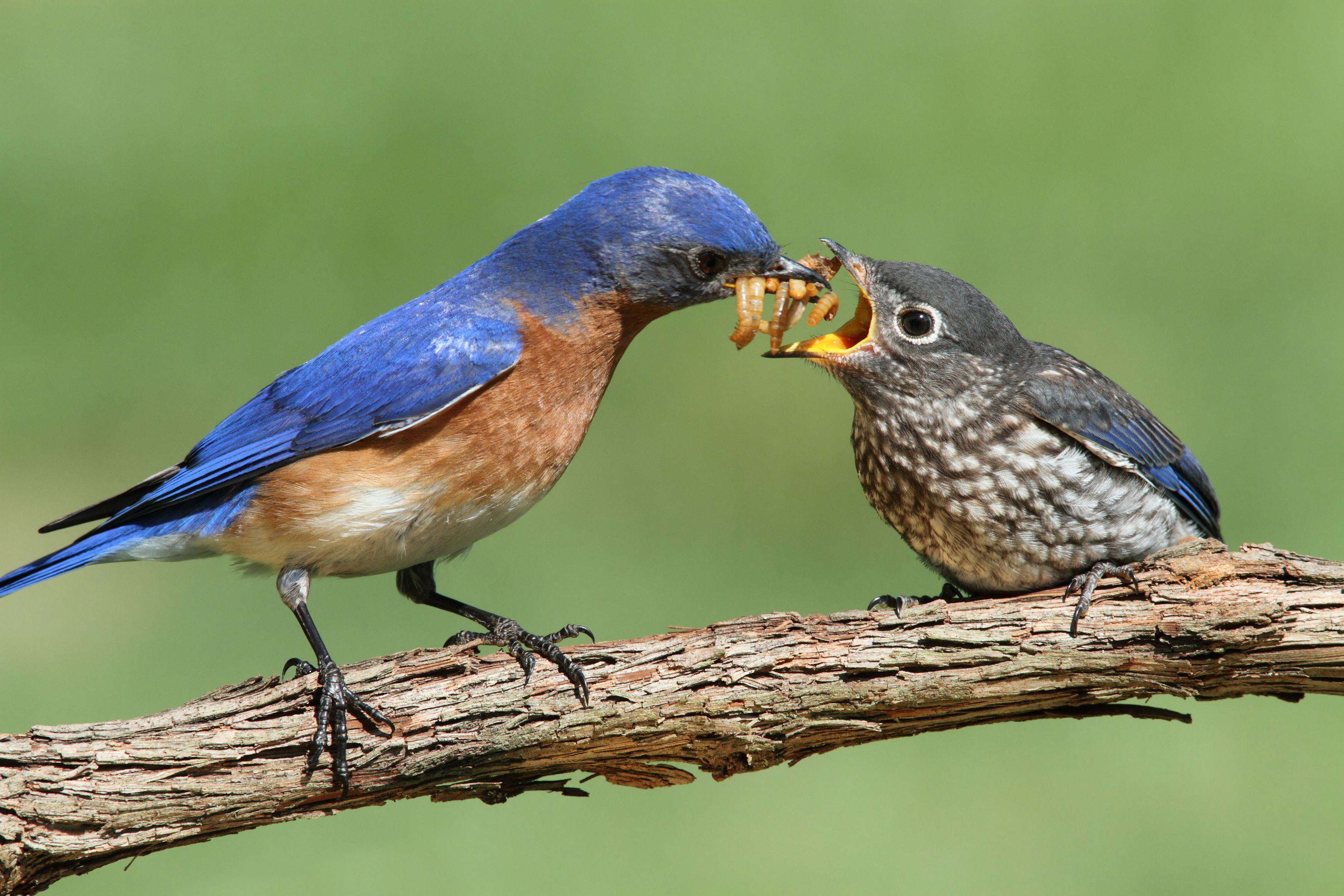Vermonters
for a Clean
Environment
Bringing Environmental Justice and Corporate Accountability to Vermont Communities Since 1999
VCE was founded in 1999 by citizens in southwestern Vermont who joined together to deal with an inappropriate industrial development project. VCE’s members now come from all over Vermont.
Testimonials
Donate
Join VCE
Vermonters for a Clean Environment is a membership organization.
Join us and support our work with your donation
via Paypal
or print and fill out this form and mail it with your check to
VCE, 789 Baker Brook Road, Danby, VT 05739.
VCE is a 501(c)3 organization. Your donations are tax-deductible.
Members receive two newsletters a year and occasional email updates.
Thank you for your joining us!

Events
Climate Council Steering Committee regular meeting https://climatechange.vermont.gov/event/steering-committee-27
Details not yet posted, they will be here: https://act250.vermont.gov/current-land-use-review-board-agenda
Virtual Meeting, Info here: https://puc.vermont.gov/event/puc-case-no-24-1755-pet-evidentiary-hearing-petition-industrial-tower-and-wireless-llc
PUC Workshop on grid resilience. Info here: https://puc.vermont.gov/event/puc-case-no-25-0339-pet-workshop-petition-vermont-department-public-service-open-resilience
Hybrid Meeting. Info here: https://climatechange.vermont.gov/event/climate-council-10
Public Meeting on Act 250 Tier 3 Ecological areas. Hybrid event, Agenda and Info here: https://act250.vermont.gov/sites/acttwofifty/files/documents/2025-05-22%20Tier%203%20Rulemaking%20Public%20Meeting%20Agenda.pdf Tier 3 areas contain critical natural resources that merit consideration in the Act 250 permitting process. Moving to location-based Act 250 jurisdiction means reducing or eliminating Act 250 permitting in areas planned for growth (Tier 1 areas) and increasing Act 250 permitting in critical natural resource areas that lack suitable State-level review and protection (Tier 3 areas).
Contact
- Danby, VT, USA
- Office Open by Appointment
- +1-802-446-2094
- vce@vce.org
- Mon-Fri - 9:00-5:00